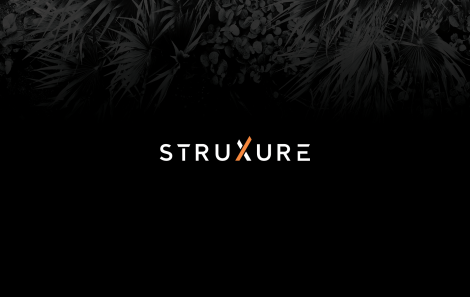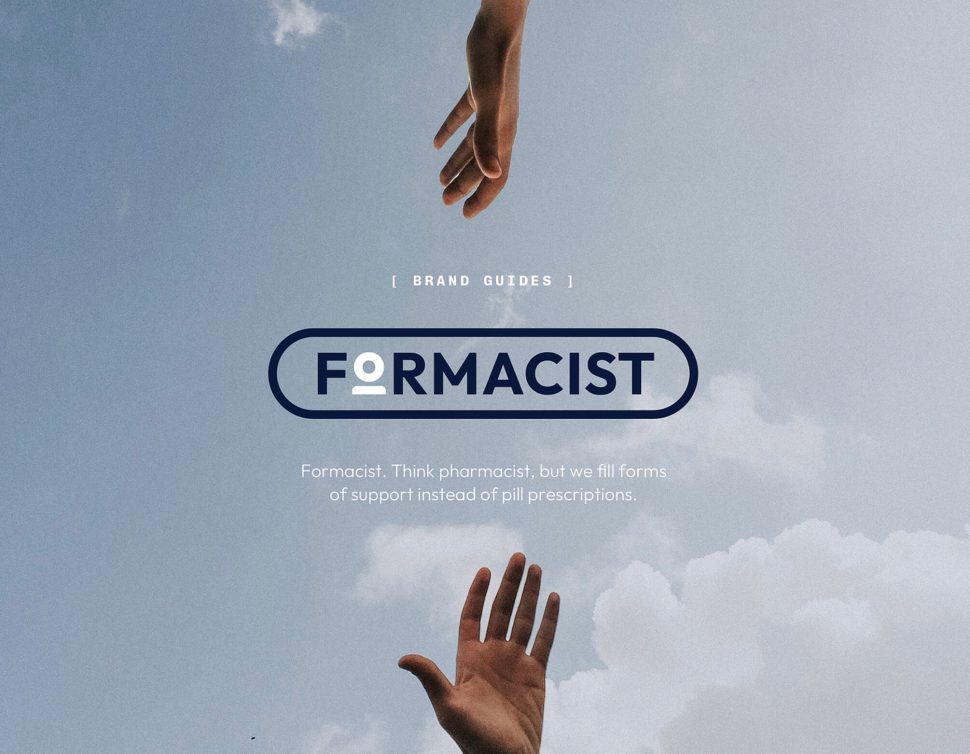The journey to redesigning a logo is often shrouded in misconceptions that can derail the process, compromise the outcome, and ultimately affect the brand’s perception. This comprehensive guide aims to debunk the 10 most common myths surrounding logo redesign, providing valuable insights to ensure your brand’s visual identity flourishes.
Myth 1: A Logo Redesign Is Merely Aesthetic
Many believe that a logo redesign focuses solely on updating its looks. However, it’s a strategic move aimed at realigning the logo with the brand’s evolving identity, market position, and future goals. It’s about enhancing recognition, not just a visual makeover.
Myth 2: Frequent Redesigns Keep the Brand Relevant
Contrary to the notion that constant updates keep the brand fresh, frequent redesigns can confuse your audience and dilute brand equity. Strategic timing, aligned with significant milestones or market shifts, ensures the redesign strengthens the brand’s relevance.
Myth 3: The More Complex, The Better
Simplicity reigns supreme in logo design. A complex logo isn’t necessarily more effective. The most iconic logos are simple, memorable, and scalable across various mediums.
Myth 4: Following Trends Guarantees Success
While staying current is important, blindly following design trends can result in a logo that feels dated once the trend passes. A timeless design that reflects the brand’s essence will have a lasting impact.
Myth 5: A Good Logo Will Solve All Branding Issues
A logo is a part of the brand’s identity, not a panacea for all branding challenges. To be honest, a logo is only about 10% of a good brand and It should work in harmony with other branding elements and strategies to effectively communicate the brand’s message.
Myth 6: The Logo Must Literally Represent the Brand
While some logos directly reflect what a company does, many successful logos use abstract imagery or no imagery at all, focusing instead on typography and color to convey their brand’s personality and values.
Myth 7: Redesigning A Logo Means Starting From Scratch
A successful redesign doesn’t always mean abandoning the old logo entirely. It can be an evolution that retains elements of the original, maintaining a connection with the brand’s heritage while refreshing its look.
Myth 8: Customer Involvement Is Unnecessary
Engaging your audience in the redesign process can provide valuable insights and foster a sense of ownership and loyalty towards the brand. Feedback loops can help ensure the new logo resonates with your target market.
Myth 9: The CEO's Preference Should Dictate the Logo Redesign
While leadership’s buy-in is crucial, the logo should appeal to the target audience first and foremost. Design decisions should be based on market research and brand strategy rather than personal preference.
Myth 10: Immediate Positive Feedback Guarantees Success
Initial reactions to a logo redesign can be mixed. True success is measured over time, through increased brand recognition, alignment with brand strategy, and market performance.
Conclusion
Navigating the complexities of a logo redesign requires a strategic approach that goes beyond debunking common myths. It’s about understanding the brand’s core identity, its market, and how to effectively communicate its values through visual design. By embracing these principles, businesses can ensure their logo not only stands out but stands the test of time, contributing to long-term brand success.
Remember, redesigning a logo is not just about changing an image; it’s about reinvigorating your brand and reinforcing your connection with your audience. With careful planning, a clear understanding of your brand’s identity, and a willingness to challenge misconceptions, your logo redesign can be a pivotal step in your brand’s journey.




